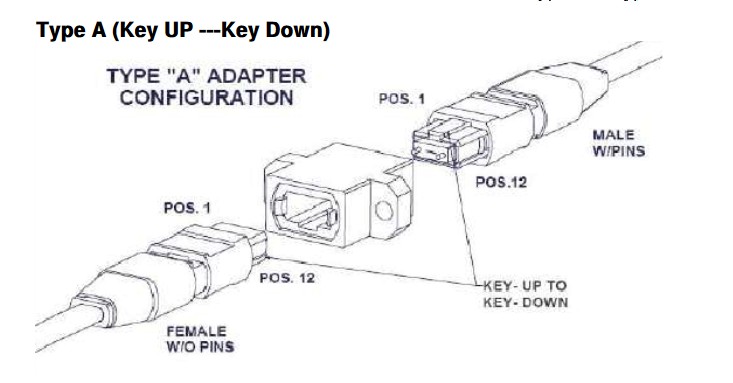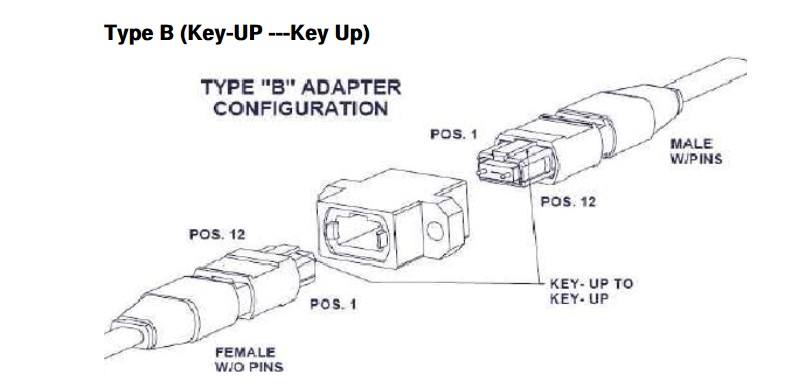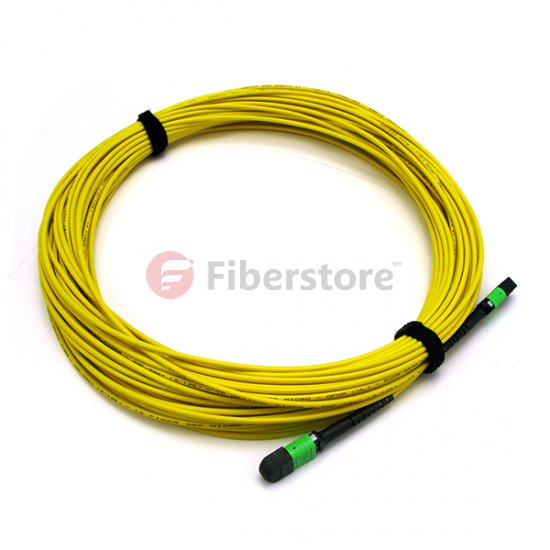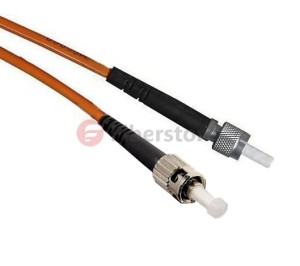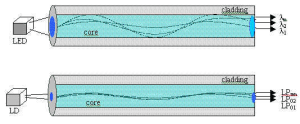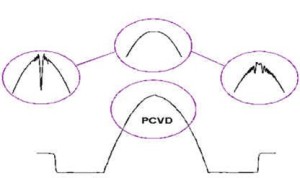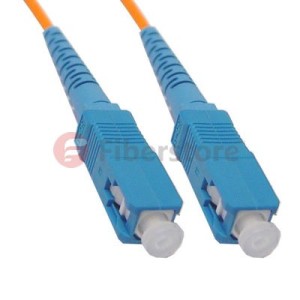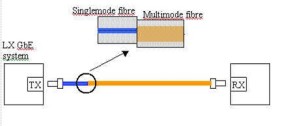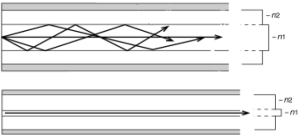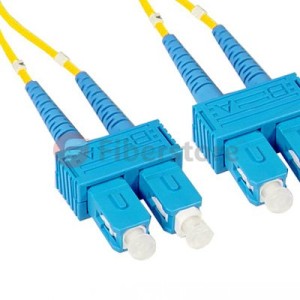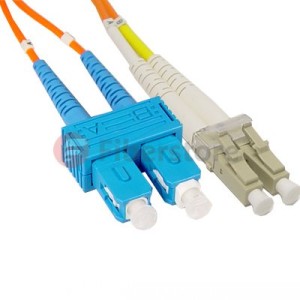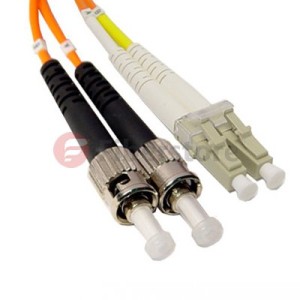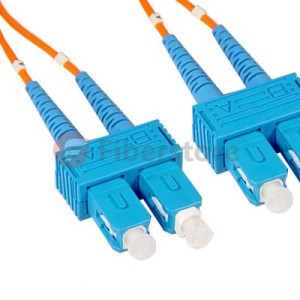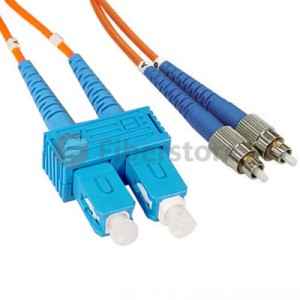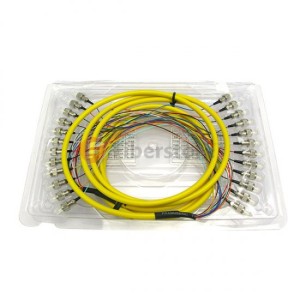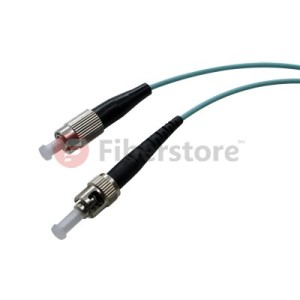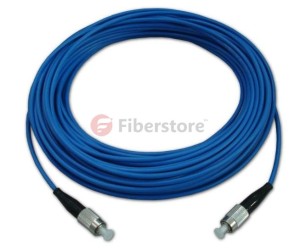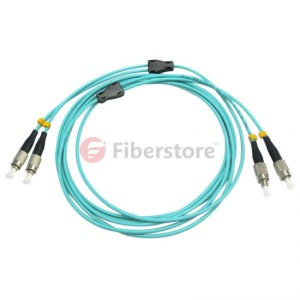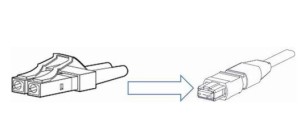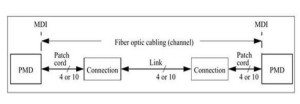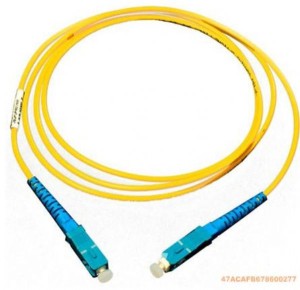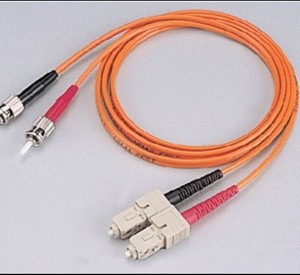FTTH advantage
1.FTTH is a passive network, from the central office to the user, fiber optic coupler, fiber optic passive components accounted for most of the equipment, it can be done in the middle basically passive
2.It is relatively wide bandwidth. Large-scale use is in line with the way long distance carriers.
3.It is a direct bearing on the fiber business, so there is nothing complex issues.
4.Because of its relatively wide bandwidth, support for the agreement is more flexible.
5.With the development of technology, including point to point, 1.25G and FTTH way have developed a relatively complete function.
The optical fiber directly to the user's home, its bandwidth, wavelength and transmission technology types are no restrictions for the introduction of new services, it is the ideal business transparent network, and it is aslo the ultimate way to access network development. Although the development of mobile communications at an alarming rate, but because of limited bandwidth, terminal volume can not be too large, the display screen is limited and other factors, it is still pursuing a fixed terminal performance, which is hoped to achieve FTTH. Fiber to the home's charm lies in its great bandwidth, it is the best solution to solve from the Internet backbone to the user's desktop bottlenecks.
The related products about optical fiber, FC/UPC to FC/UPC 4 Fibers SM 9/125 Single mode Fiber Patch Cable
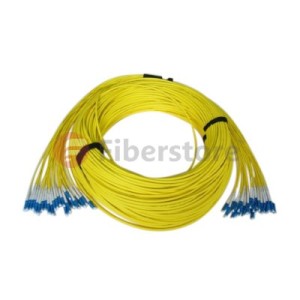
FC-FC 6 Fibers OM1 62.5/125 Multimode Fiber Patch Cable
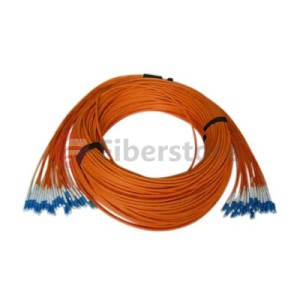
With the upgrading of technology, greatly reduces the cost of fiber to the home, it will soon be reduced considerably with DSL and HFC networks, which makes it possible for practical FTTH. In China, FTTH is also imperative. From 2011, in China from coastal cities to inland cities, from east to west, opened the curtain FTTH construction. You can say that FTTH is a highlight of optical fiber communication. Accompanied by a corresponding technologies mature and practical, cost closer to ordinary families can afford to reduce the level of FTTH trend is unstoppable.
Furthermore, FTTH technology is still used to solve the "last mile" problem of the information superhighway. FTTH + Ethernet over ADSL (ADSL dial-up time will be established at the highest theoretical 8Mbps download bandwidth, this bandwidth is never changed, but in fact, because the noise detection mechanism ADSL line situation is not good, if it is clearly beginning to establish a connection not reach the theoretical value, may finally be 5Mbps, this bandwidth is also not change.) and ISDN (European popular form of telephone network) transmission speed is much faster.
FTTH has been considered a rising star ultimate ideal access networks, but also broadband development. Because it can meet the diverse needs of various users. Like high-speed communications, home shopping, high-definition television, video on demand and more. The copper wire is the reluctance of the business, it is easy for FTTH. One can imagine, FTTH is to realize telephone, cable TV and Internet "triple play" the best choice.


